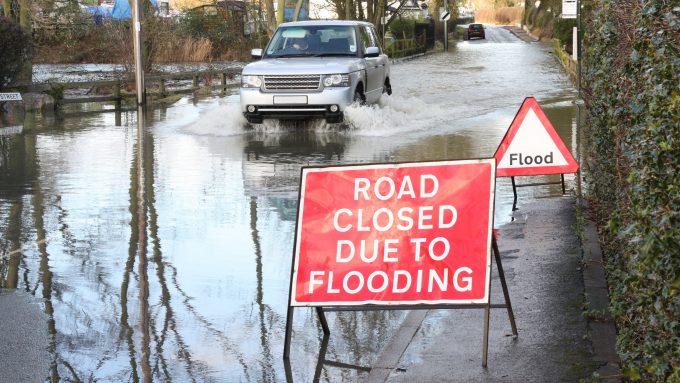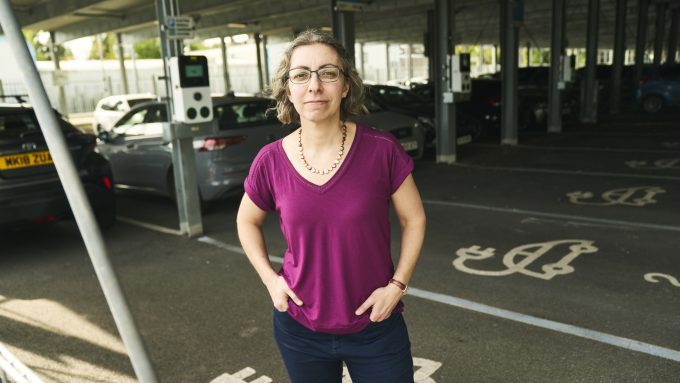
Reducing carbon emissions in the built environment

The Net Zero Places Innovation Brief is organised around different sectors including ports and airports, individual’s travel choices and overhauling the haulage industry. A significant chapter, however, refers to retrofitting carbon reducing technology into homes and other buildings.
With contributions from leading industry figures, engineers, academics, and analysts, the briefing document quickly establishes that, despite being a popular phrase, building back better is rarely the best option. Instead, our authors looked at retrofit systems and technologies for our homes, offices, schools, hospitals, warehouses, and factories.
Breaking this down, we can see
- 67% of emissions come from homes,
- 22% of emissions come from commercial buildings,
- 11% of emissions from public buildings
The Committee on Climate Change says all this must reduce to zero by 2050. The retrofit challenge is finding solutions that will deliver across the whole UK building stock.
Seasonal variations and the need to balance heating and power make simply adopting 100% electrical power unfeasible. In the winter, for example, we use six times as much heat as electricity. Once the expected increase in demand for electric vehicles is taken into account, there is no model of future carbon free power from the National Grid that meets the demand. The only practical option for tens of millions of buildings in the UK is to reduce their energy consumption as much as possible and to decarbonise what remains.
Despite the fact the UK housing stock is generally old and in poor condition, over 70% of all buildings today will still be in use in 2050. Two-thirds of homes do not meet even the most basic of today’s standards. The percentage ready for a Net Zero future is so small it has almost no effect at all.
Net Zero 2050 Ambitions for the Built Environment
The Net Zero Places Innovation Brief states two clear 2050 ambitions.
- making sure all new buildings meet the highest energy standards and,
- retrofitting existing buildings to meet the same efficiency standards.
Net Zero standards such as Passivhaus and projects like AIMC4 prove this is possible. Commercial properties that create more energy than they use are becoming available too. Take up, however, is simply too slow.
The Innovation Brief authors go on to identify the following barriers to faster progress. .
- Low user demand due to a poor economic case for change
- No clear government policy for buildings
- High costs due to a small supply chain
- Difficulty of financing many small individual projects
Despite the challenges, innovators are coming up with many new
components and systems to help deliver net zero buildings. Examples include Naked Energy’s combined photovoltaic electricity and solar thermal heating, Powervault’s domestic battery systems, Ventive’s passive ventilation, and Factory Zero complete, easily installed energy modules.
Solutions are often creative. The Q-Bot is a small robot that crawls around under wooden floors spraying insulating foam - making retrofitting for energy efficiency as painless as possible.
These innovations remain relatively small-scale. We won’t break the log jam, say Net Zero Places’ authors, without the following;
- A diversity of solutions to cover all building types
- Mass-customisation to adapt solutions quickly and cheaply for any specific building
- Reproducibility and reliability as products must work first time and every time
- Speed and efficiency. 2050 isn’t far away.
This article is a summary of a full feature article which you can read in our Net Zero Places Innovation Brief.





